The rise of in-car entertainment systems has taken a curious turn with the recent integration of karaoke functions in vehicles. Dubbed "in-car KTV" by manufacturers, this feature promises to transform mundane commutes into mobile singing studios. Yet beneath the glossy marketing lies a fundamental disconnect between the envisioned use case and the realities of automotive environments.
From Concept to Dashboard
Automakers, particularly in the Chinese market where the trend originated, have rushed to implement karaoke systems as a premium differentiator. These systems typically connect to existing infotainment setups, complete with wireless microphones, sound effects, and extensive song libraries. The pitch is irresistible on paper: families can bond over singalongs during road trips, friends can turn traffic jams into impromptu concerts, and weary drivers can stay alert through musical engagement.
Engineering teams have made impressive technical strides to make this possible. Advanced noise cancellation algorithms attempt to isolate vocals from road noise, while specialized audio processing creates concert-hall effects within the confined cabin space. Some luxury models even feature mood lighting synchronized to the music, completing the karaoke lounge ambiance.
The Reality of Roadside Renditions
However, actual usage patterns reveal significant friction points. The first hurdle is psychological - unlike dedicated karaoke rooms where social norms encourage participation, cars serve multiple functional purposes where singing feels incongruous. Most users report only activating the system during initial novelty periods, with usage sharply declining afterward.
Acoustic challenges persist despite technological solutions. Even premium vehicles struggle to maintain consistent audio quality across varying road conditions. Highway speeds introduce wind interference, while stop-and-go traffic creates unpredictable volume fluctuations. Passengers often find themselves straining to hear lyrics over tire noise or adjusting microphones to compensate for vibration.
Safety concerns present perhaps the most serious mismatch. While manufacturers emphasize passenger-only use, the very presence of entertainment functions creates driver distraction risks. The cognitive load of song selection, volume adjustment, and social interaction competes with attention needed for safe operation. Several jurisdictions have begun scrutinizing these systems as potential road hazards.
Cultural Context and Market Forces
The phenomenon makes more sense when examining its cultural origins. In dense urban Chinese environments where consumers spend significant time in traffic, automakers sought to replicate the beloved KTV lounge experience. The strategy reflects a broader trend of vehicles transforming into "third spaces" between home and work. However, cultural export of this feature to Western markets has met with puzzlement, highlighting regional differences in commuting behavior.
Industry analysts note the push for in-car KTV aligns with automakers' desperation for subscription revenue streams. Unlike navigation or safety features with clear utility, entertainment functions offer recurring content monetization opportunities. This economic motive may explain the persistence of such features despite tepid consumer adoption.
Alternative Approaches to In-Car Entertainment
The fundamental misalignment may lie in attempting to transplant a stationary social activity into a mobile environment. More promising innovations focus on audio experiences tailored to automotive contexts - immersive audiobooks, interactive podcasts, or adaptive music systems that respond to driving conditions. These solutions respect the vehicle's primary function while enhancing the journey.
Some manufacturers are exploring middle-ground solutions. Brief "karaoke breaks" during charging stops for electric vehicles, or voice-controlled systems that minimize visual distraction, attempt to reconcile the concept with real-world usage. The most successful implementations may be those that acknowledge automotive constraints rather than fighting against them.
The in-car KTV experiment offers valuable lessons about technology adoption. Not every popular activity translates well across contexts, no matter how impressive the engineering. As vehicles evolve into increasingly sophisticated digital platforms, the most enduring features will likely be those that emerge organically from mobility needs rather than those forcibly adapted from unrelated domains.
Future success may belong to automakers who recognize that sometimes, the radio singalong needs no microphones, the best conversations need no soundtrack, and the most enjoyable rides need no artificial entertainment beyond the journey itself.

By /Jun 14, 2025
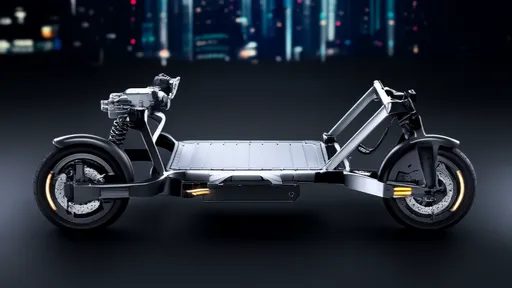
By /Jun 14, 2025

By /Jun 14, 2025

By /Jun 14, 2025
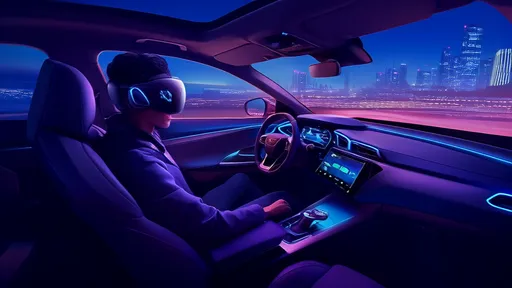
By /Jun 14, 2025

By /Jun 14, 2025
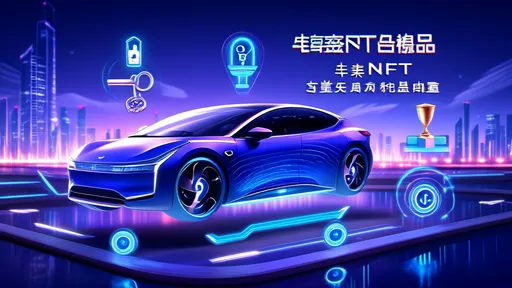
By /Jun 14, 2025
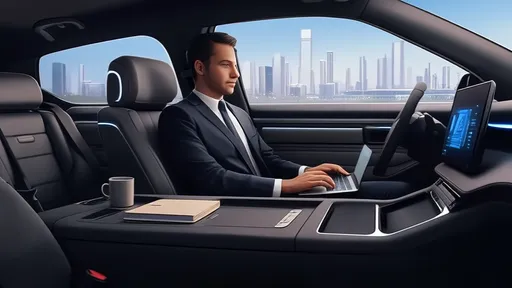
By /Jun 14, 2025
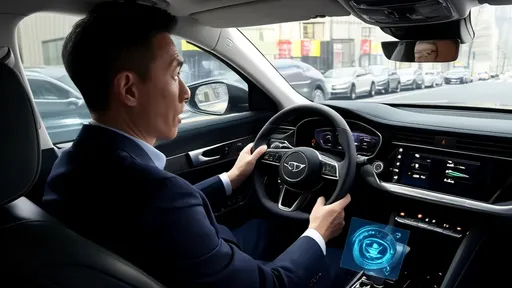
By /Jun 14, 2025
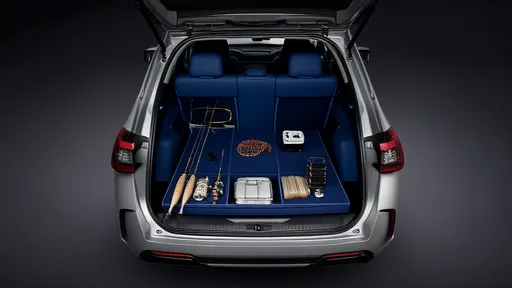
By /Jun 14, 2025

By /Jun 14, 2025
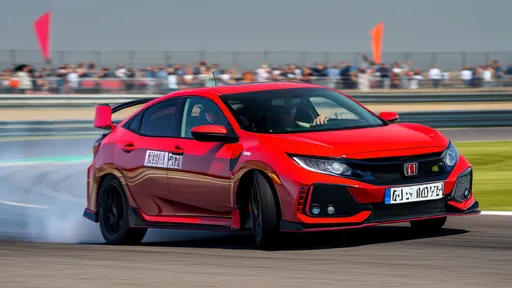
By /Jun 14, 2025

By /Jun 14, 2025
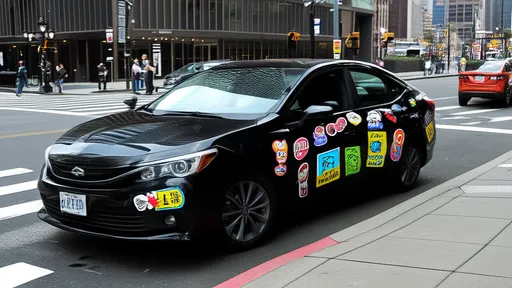
By /Jun 14, 2025
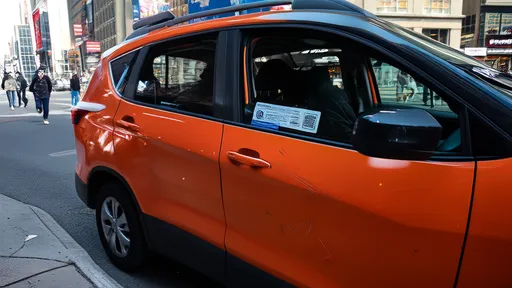
By /Jun 14, 2025
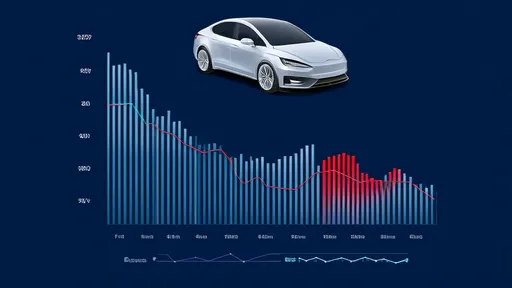
By /Jun 14, 2025
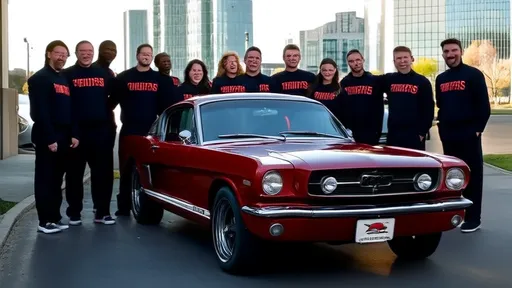
By /Jun 14, 2025
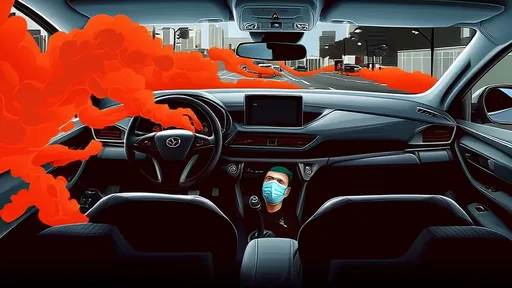
By /Jun 14, 2025